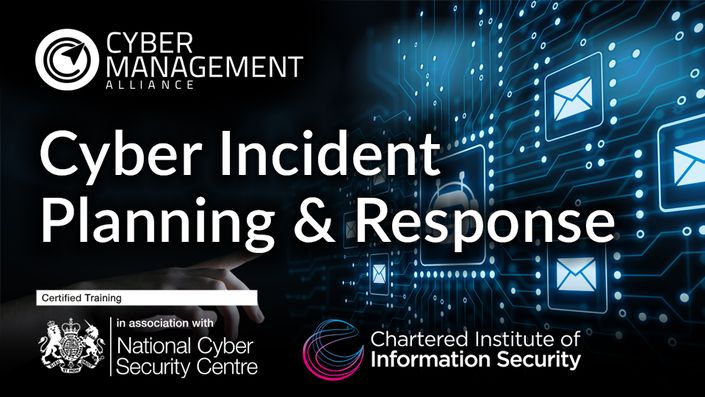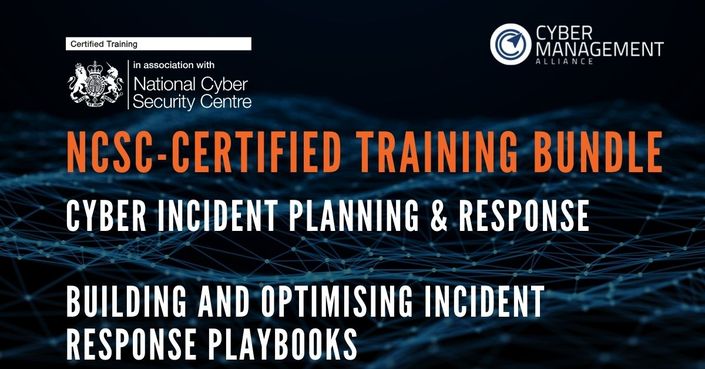Network Security
Master the fundamental aspects of security in a modern networked environment with this cutting-edge course

Network Security looks at protecting the sanctity of any entity’s network and data. It encompasses policies, procedures and best practices that help prevent any attacks or compromises on the network from a wide host of threats. Being skilled in Network Security also involves mastery of other technical proficiencies like network scanning, network mapping, enumeration and exploitation. This course is focused on Security Enthusiasts, IT professionals, Administrators (Network & System) and CISOs/CTOs seeking to understand typical Infrastructure (Network & Systems) issues in detail.
Benefits of choosing this course
Benefits of choosing the Network Security course
Take your first step towards a successful career in network security.
Cover everything from fundamentals of Network Security to ways of handling more complex challenges.
Emerge as an advanced and skilled cybersecurity professional upon completion of this course.
Highlights of the Network Security course
A detailed course with 6 content-rich modules and several sub-sections.
Industry-focussed course that will help you with immediate real-world application.
Self-assessments and downloadable study material for reinforced learning.
- Key Learning Objectives
- Downloads
- About
-
Key Learning Objectives
-
After completing the Network Security course, you will be able to:
- Understand the fundamentals of network security and components of data communication.
- Acquire substantial knowledge of Computer Network Architecture, Network Topology and Network Cables.
- Gain considerable proficiency in Subnetting, Supernetting, Routing, VLAN, VPN, Firewalls and IP Tables.
- Understand and explain the basics of Nmap, who created the tool and what its benefits are.
- Know how to install Nmap for different Operating Systems.
- Understand basic Scans and how routers, firewalls etc can skew the results of an Nmap scan.
- Know all about the various types of Network Security attacks such as DDos attacks, Smurf attacks, Fraggle attacks etc.
- Master the basics of Enumeration, its significance, enumeration techniques and what information can be retrieved through enumeration.
- Acquire substantial knowledge of Tools for SNMP Enumeration, LDAP Enumeration, Web Technologies Enumeration.
- Comprehend Wireless Hacking Methodology, the steps involved and the types of attacks.
-
Direct Downloads
Directly download the full Learning Objectives of the course here
Templates. Worksheets & Mind-maps
When you enrol in this course you will have access to several worksheets & templates that you can use immediately. Take a look at the course curriculum, below, to see whats included in this course.
The image immediately below is a gallery view of some of the templates and collateral available to students.

Continuing Professional Development
CPD points can be claimed for this course at the rate of 1 point per hour of training for this NCSC-certified and CIISec-approved course (8 points for one-day public course and 15 points for the two-day internal workshop - for when organisations host this course internally).
CIPR Student-Only Incident Response Plan Template
As a student you get access to unique content including our highly acclaimed Cyber Incident Response Plan Template. If you want, you can download the FREE version of the Incident Response Plan template here.
-
About
This course offers a deep dive into Network Security, covering essential techniques like scanning, mapping, and exploitation to help IT professionals, administrators, and security leaders safeguard network infrastructure from evolving threats.
Example Curriculum
- M.1.1 Introduction to Network Fundamentals (3:16)
- M.1.2 Components of Data Communication (2:07)
- M.1.3 Network Topology and Network Cables (17:43)
- M.1.4 Computer Network Architecture (4:46)
- M.1.5 Internet and Protocol (8:49)
- M.1.6 OSI Model (18:47)
- M.1.7 TCP IP Model (6:45)
- M.1.8 Transmission Control Protocol (TCP) (12:18)
- M.1.9 User Datagram Protocol (UDP) (12:18)
- M.1.10 Understanding ICMP (5:09)
- M.1.10.A Understanding ICMP Ping Message (Lab) (1:38)
- M.1.11 IP Fragmentation and Reassembly (3:53)
- M.1.12 IPv4 (15:16)
- M.1.13 IPv6 (13:46)
- M.1. Network Fundamentals (PDF)
- M.2.1 Introduction to Subnetting and Supernetting (8:07)
- M.2.2 Routing (6:49)
- M.2.3 Router Security and Network Address Translation (7:10)
- M.2.4 Switching and Port Security (5:45)
- M.2.4.A Router and Switch Configuration using CPT (Lab) (7:20)
- M.2.5 Virtual Local Area Network (VLAN) (5:14)
- M.2.6 Virtual Private Network (VPN) (12:10)
- M.2.7 Access Control Lists (4:40)
- M.2.8 Firewall and IP tables (12:10)
- M.2.9 IDS and IPS (7:01)
- M.2.10 Packet Capture and Wireshark (10:33)
- M.2.10.A Wireshark (Lab) (4:20)
- M.2.10.B Understanding TCP IPV4 Headers Using Wireshark (Lab) (9:02)
- M.2.10.C Understanding TCP IPV4 Headers Using Wireshark (Lab) (4:52)
- M.2.10.D Understanding UDP Header Using Wireshark (Lab) (2:33)
- M.2 Advanced Networking (PDF)
- M.4.1 Wireshark (1:30)
- M.4.1 A Wireshark (Lab) (4:00)
- M.4.2 Network Mapping Port Scan Fundamentals (7:36)
- M.4.2.A Network Mapping Port Scan Fundamentals (Lab) (1:43)
- M.4.3. Network Mapping SYN Scan (1:17)
- M.4.3.A Network Mapping SYN Scan (Lab) (2:57)
- M.4.4 Network Mapping FIN PING UDP and Zombie Scan (9:52)
- M.4.4.A Netwrok Mapping (Lab) (2:13)
- M4 NMAP Basics (PDF)
Sign up and Start Today
Pay-in-full in your local currency (where available)
We take all major forms of payment and we use secure checkout.

Featured Products
Our most popular courses and offers.
Ransomware is one of the biggest threats to your network security. Find out how a Ransomware Tabletop Exercise can help your organisational resilience against this threat.



